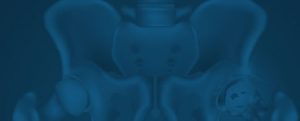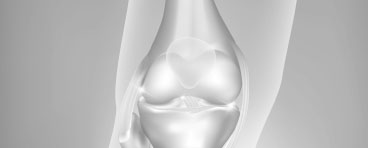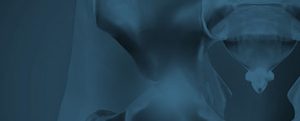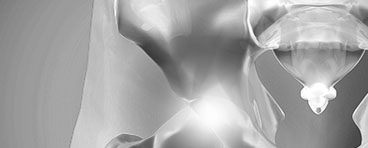Click on the links below to find out more
SCFE- Slipped Capital Femoral Epiphysis
OVERVIEW
Slipped capital femoral epiphysis (SCFE) is a hip condition that occurs in teens and pre-teens who are still growing. For reasons that are not well understood, the ball at the head of the femur (thighbone) slips off the neck of the bone in a backwards direction. This causes pain, stiffness, and gait problems in the affected hip. The condition usually develops gradually over time and is more common in boys than girls.
ANATOMY
The hip is a ball-and-socket joint. The socket is formed by the acetabulum, which is part of the large pelvis bone. The ball is the femoral head, which is the upper end of the femur (thighbone). Like the other long bones in the body, the femur does not grow from the center outward. Instead, growth occurs at each end of the bone around an area of developing cartilage called the growth plate (physis). Growth plates are located between the widened part of the shaft of the bone (metaphysis) and the end of the bone (epiphysis). This round area of bone growth at the top of the femur is called the “capital femoral epiphysis”, and eventually forms the femoral head (ball).
Treatment for SCFE involves surgery to stop the head of the femur from slipping any further. To achieve the best outcome, it is important to be diagnosed as quickly as possible. Without early detection and proper treatment, SCFE can lead to potentially serious complications, including painful arthritis in the hip joint.
A slippery tissue called articular cartilage covers the surface of the ball and the socket. It creates a smooth, low friction surface that helps the bones glide easily across each other.
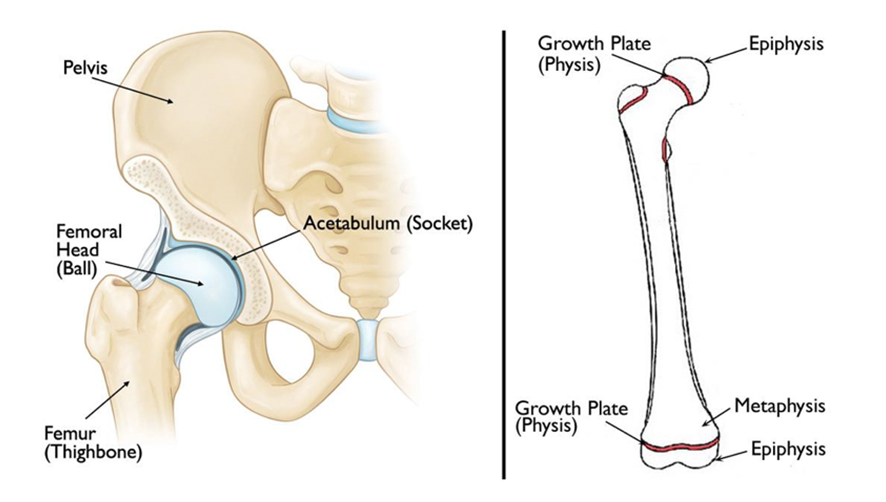
(Left) Normal anatomy of the hip. (Right) The location of the growth plates and epiphyses at the ends of the femur (thighbone).

Dr David Slattery
FRACS MBBS (Hons) LLB FAOrthA
Dr David Slattery is an orthopaedic surgeon based in Melbourne with over 10 years of experience, with a special focus on hip and knee joint preservation and replacement. With qualifications in both medicine and law, he brings a unique and comprehensive approach to patient care. His surgical techniques are minimally invasive and evidence-based, designed to reduce pain and enhance recovery.
Trained in leading institutions across Europe and the USA, Dr Slattery offers advanced treatments for a wide range of joint conditions. He is deeply committed to patient outcomes and takes pride in tailoring treatment plans to each individual. Whether you’re an athlete or seeking relief from chronic joint pain, his goal is to restore function and improve your quality of life.


